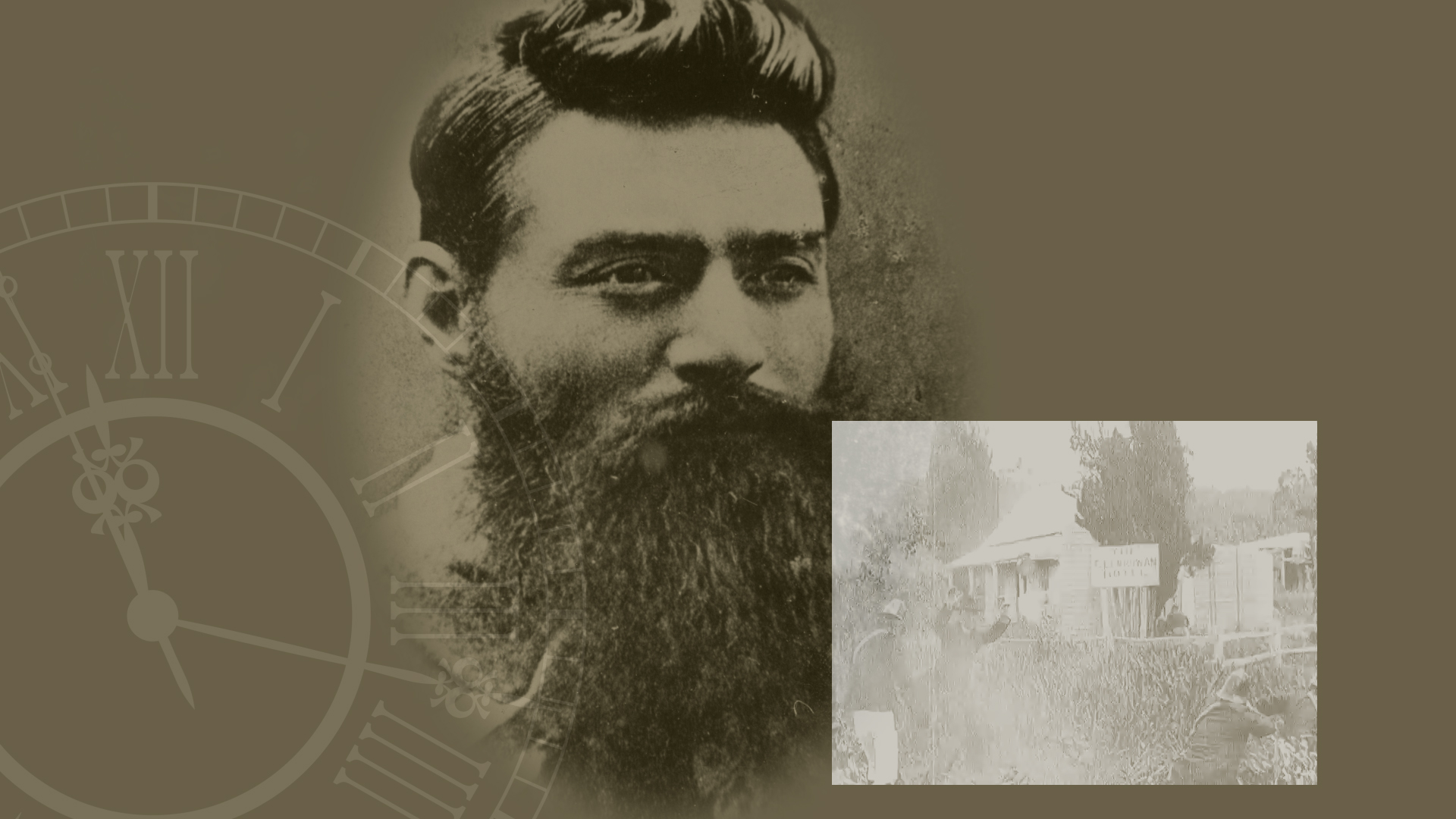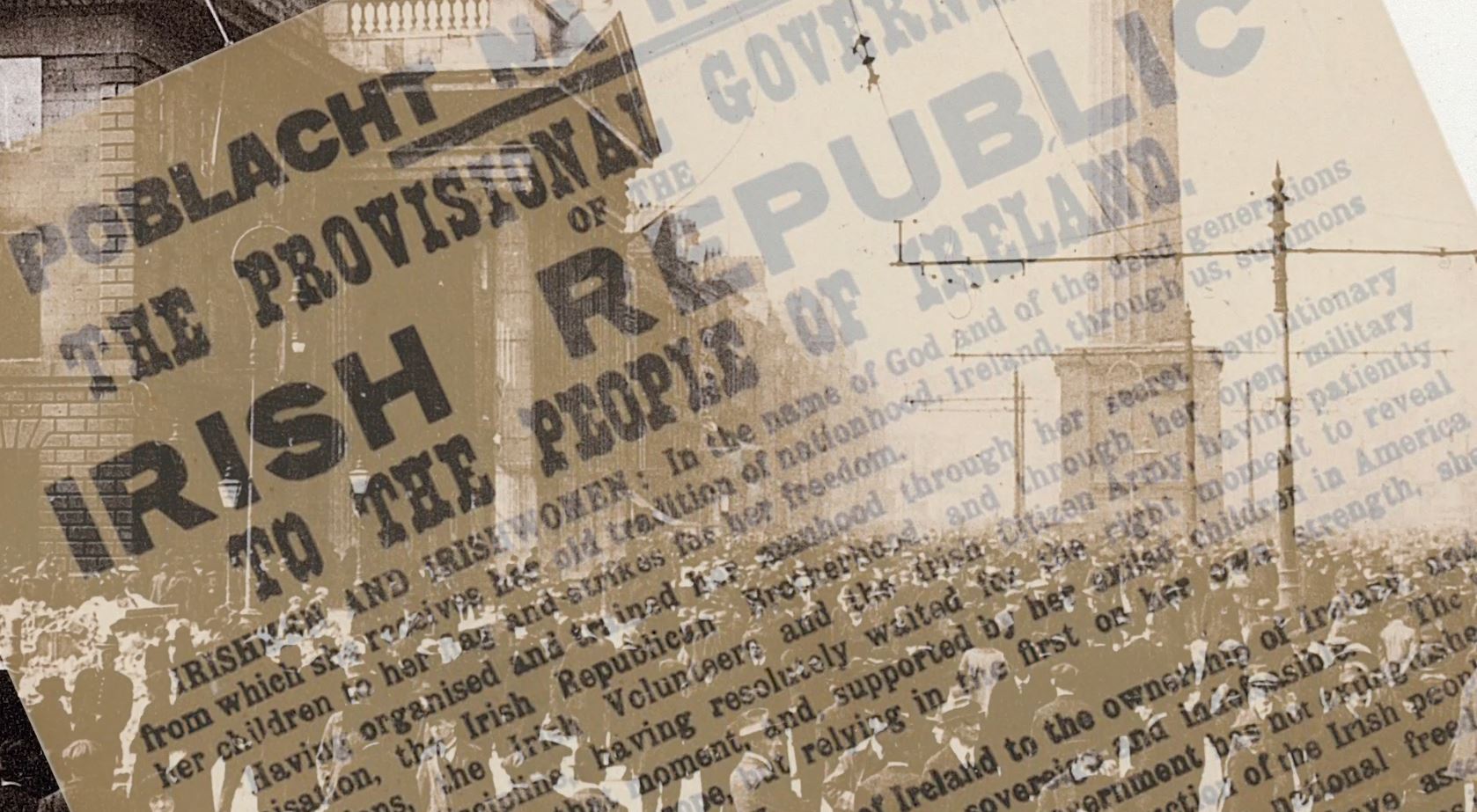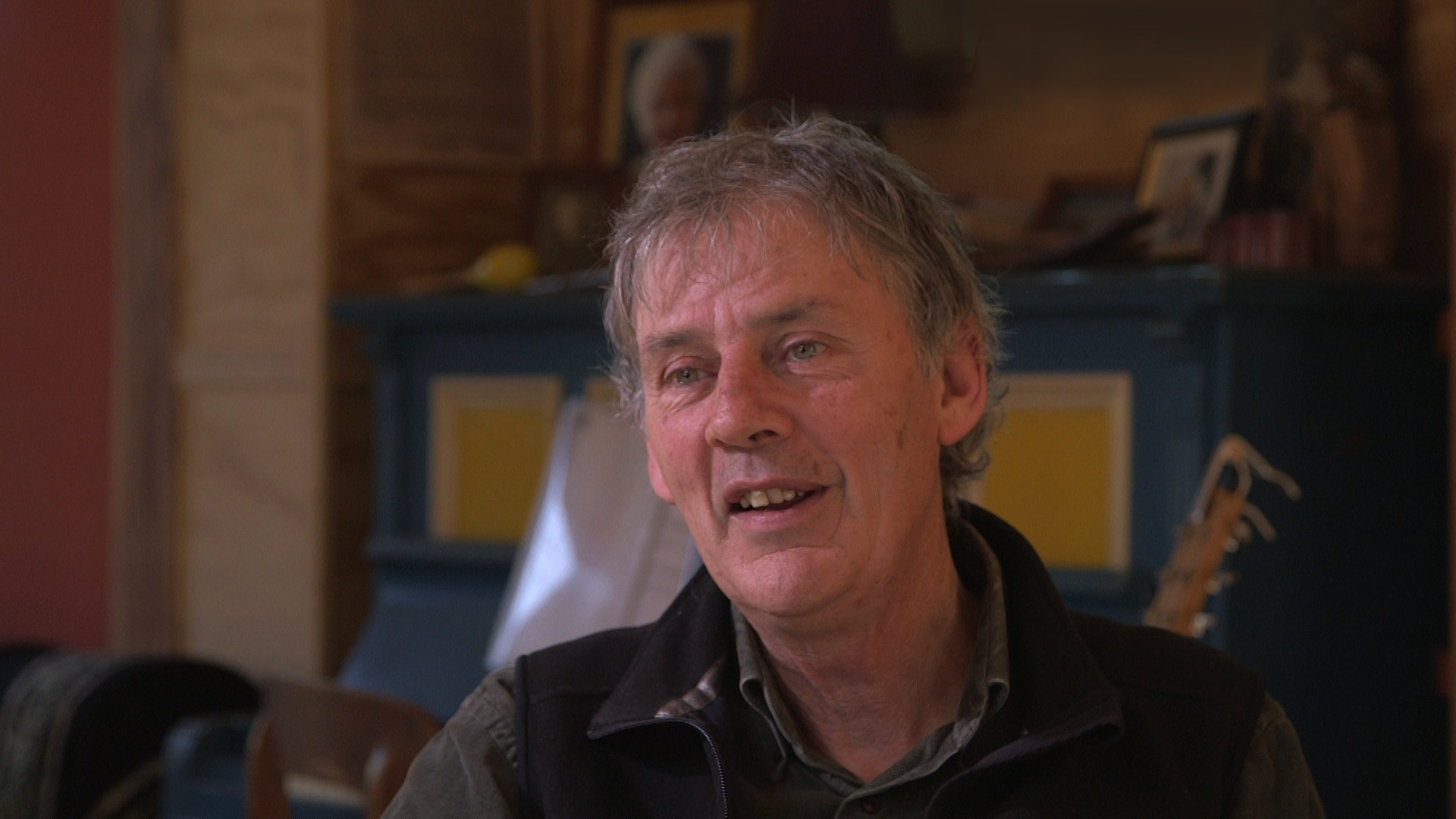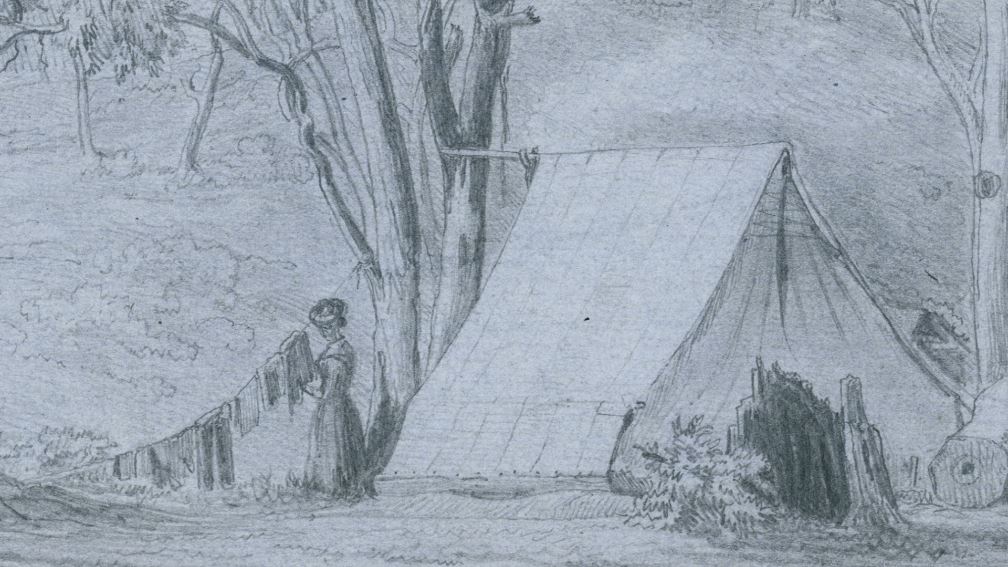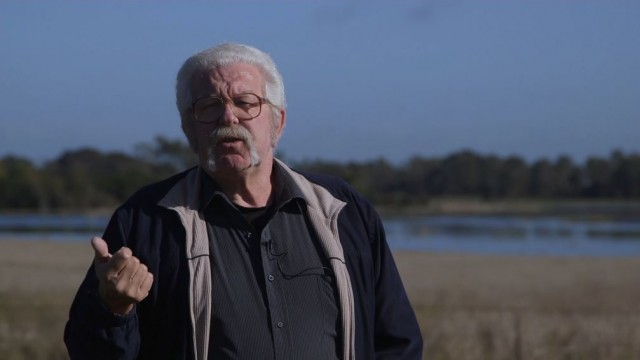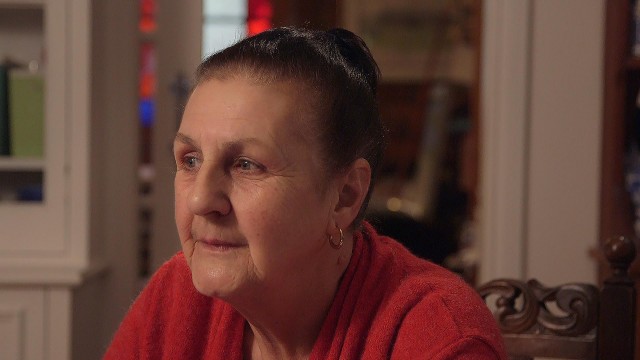Exile: Songs & Tales of Irish Australia
Info
Client: Goanna Arts
Produced: 2016

Paul Kelly, Exile Concert, QPAC, February 2016. Photograph by Benjamin Knight.

Shane Howard, Exile Dress Rehearsal, Melbourne. Photo by Tim Chmeilewski.

Leah Flanagan, Exile Concert, QPAC. Photo by Benjamin Knight.
This stirring live musical celebration of the Irish in Australia featured specially commissioned documentary visuals and special effects by Wind & Sky Productions.

A CD/DVD recording of the concert is now available for download or order from ABC Music at the link https://abcmusic.lnk.to/Exile
The Exile Concert
Ireland’s greatest export has been her people and for centuries emigration and exile have been harsh, repeating themes of Irish history.
This live event celebrated the Irish impact on Australian life by bringing together an exciting array of music artists from Ireland and Australia. The enduring influence of the Irish on Australian history, music and politics was recounted through a combination of music, song, documentary film visuals, text and narration.
Almost a third of all Australians claim some degree of Irish descent. Through abundant literature, music, poetry and art, as well as a keen hunger for justice, the Irish spirit has stamped itself on the evolving culture of Australia.
The concert toured Melbourne, Adelaide, Sydney and Queensland in February 2016 with performers Paul Kelly, Declan O’Rourke, Leah Flanagan, Sean Tyrrell, Shane Howard, Lynnelle Moran, Pauline Scanlon, John Spillane and Aine Tyrrell stirring sell out crowds in the largest concert venues in the country.
‘Exile’ was produced by Goanna Arts and Troubadour Touring and supported by funding from the Culture Ireland. The project was a fitting way to commemorate the centenary year of the 1916 Easter Uprising, the catalyst for Ireland’s nationhood.
There is no denying the contribution that the Irish have made to Australian life. It’s certainly varied but rarely dull.
Documentary Visuals and Effects
Artistic Director Shane Howard of Goanna Arts commissioned Wind & Sky Productions to produce the concert visuals. The ambitious combination of short documentary film segments, text displays and stills covered the history of Ireland and Australia from ancient times to modernity. Wind & Sky Productions producers Lucinda Horrocks and Jary Nemo worked closely with Shane to fine tune the documentary story segments, adding their signature qualities of simple, powerful visual storytelling combined with solid historical research, to the project.
Core documentary content covered Ireland’s golden age, the English conquest of Ireland, colonisation and oppression, convict transportation to Australia, the impact and devastation of the famine, the contrasting experience of Australian Aboriginal people, migration of the Irish to Australia, the influence of the Irish on core events such as the Eureka Stockade, the union movement, Federation, and World War 1 and the enduring legacy of the Irish on Australian society and politics.
The concert also emphasised the stories of three significant Irish Australian heroes: John Boyle O’Reilly the celebrated American poet and escaped convict, the spirited, rebellious Ned Kelly, and the Sisters of St John of God who fought entrenched government racism towards Aboriginal people of the Kimberley in the 1930s.
Each documentary segment, though short, had, in typical Wind & Sky Productions style, a lot going on under each seemingly simple narrative. The visuals provided a fitting and moving context for the live musical performances of traditional and contemporary songs performed by a celebrated line up of Australian and Irish artists.
These live performances intermingled with documentary to powerful effect to sell out crowds at Hamer Hall Melbourne, the Adelaide Festival Centre, the Factory Theatre Sydney and the Queensland Performing Arts Centre in Brisbane in February 2016.
Screenings/ Events
Port Fairy Folk Festival 2018, Friday 9 March, 2018.
Exile Concert with special guests the QPAC Choir, QPAC, Brisbane, Monday 29 February 2016.
‘A Special evening With…’, Factory Theatre, Marrickville, Wednesday 24 February 2016.
Exile Concert, Adelaide Festival Centre, Adelaide, Sunday 21 February 2016.
Exile Concert, Hamer Hall, Melbourne, Saturday 20 February 2016.
Reviews
John Dexter, The Great Australian-Irish Songbook: Shane Howard’s Exile, The Adelaide Review, February 4, 2016.
Bronwen Caple, Exile: Songs & Tales of Irish Australia @ Adelaide Festival Centre 21/02/2016, Amplify, Australian Music Network, 22 February 2016.
Honey B, Exile: Songs & Tales of Irish Australia, Adelaide Festival Theatre, Sunday, February 21, Entertainment Hive.
Mark O’Connor, Exile: Songs & Tales Of Irish Australia @ The Factory Theatre Review , scenestr, Friday 26 February 2016.
Audience Reactions
“Fantastic concert…worth the drive from Cairns,” Lisa O’Mara, Facebook
“Fabulous show.. Very touching, and such amazing talent”, Suzanne Clark, Facebook
“Wonderful, wonderful show in Adelaide on Sunday night. Very touching, fabulous music, great but sad stories that need to be told. Far more than I was expecting”, Chuck Wainright, Facebook
“Saw Exile last night in Adelaide, loved every bit of it, so interesting as well as great music and all the artists were awesome”, Shirley Snelling, Facebook
“A wonderful event. A revelation of the sadness of the past. And also celebration of the joy, and the music, in the hands of true artists.” Kevin Rooney, Facebook
“It was magical night. Worth every penny! Would go to it again.” Gerard Tuffield, Facebook
Further Information
‘Exile’ concert was produced by Goanna Arts and Troubadour Music with funding from Culture Ireland.

The concert visuals and special effects were produced by Wind & Sky Productions.

Exile Project Credits
- Feature Artists (in order of appearance):
- Pauline Scanlon, Declan O’Rourke, John Spillane, Lynelle Moran, Leah Flanagan, Shane Howard, Sean Tyrell, Aine Tyrell and Paul Kelly
- Fiddle/Mandolin:
- Ewen Baker
- Harp/Piano:
- Michelle Doyle
- Pipes/Whistles:
- Nick Martin
- Flute/Whistles:
- Lynnelle Moran
- Drums & Percussion :
- Greg Sheehan
- Bass/Mandolin/Guitar:
- John Hudson
- Button Accordion:
- Paddy Fitzgerald
- Guitar/Didjeridu:
- Shane Howard
- Mandocello/Banjo:
- Sean Tyrrell
- Produced by:
- Teresa O’Brien, Fran Daly and Alicia Massey
- Musical Director:
- Ewen Baker
- Production Manager:
- Sarah Liversidge
- Stage Manager:
- Brock Brocklesby
- Tour Manager:
- Austin Fogarty
- Audio Engineer:
- Brett Doig
- Lighting Design:
- Matt King
- Consulting Historian:
- Edward Ryan
- Traditional Music Consultant:
- Paddy Fitzgerald
- Assistant Artistic Director:
- Steven Richardson
- Original Concept by:
- Shane Howard.
Film Production Credits
- Produced by:
- Shane Howard, Lucinda Horrocks, Jary Nemo and Teresa O’Brien
- Directed and Edited by:
- Jary Nemo
- Written by:
- Shane Howard with Lucinda Horrocks
- Music Direction and Sound Production:
- Shane Howard
- Narrated by:
- Aine Tyrell and Shane Howard
- Irish Translations/Aistriúchán le:
- Edward Ryan/ Éamonn ÓRiain
- Visual Effects by:
- Jary Nemo
- Script Editor:
- Lucinda Horrocks
- Archival Research by:
- Lucinda Horrocks, Teresa O’Brien, Edward Ryan
- Film Music:
- ‘Bean Dubh an Ghleanna’Liam O’Flynn feat. Irish Chamber Orchestra © 1998 Tara Music Company Ltd. Traditional & Original songs performed and arranged by Nick Martin, Ewen Baker, Shane Howard.
- Featured Visual Artists:
- ‘My Australia My Journey’ Series (2015), ‘We R You’ Series (2014), Solo Portraits (2014, 2015), Photographs, by Aldona Kmieć. © Aldona Kmieć. ‘Spirit Ark – Navigation by the Stars’, Linocut (2010) by Arone Meeks. © Arone Meeks. ‘Mount Warrenheip and Eureka Stockade’, Acrylic on Canvas, (2013) by Aunty Marlene Gilson. © Marlene Gilson. ‘Famine’, Sculpture, (1997) by Rowan Gillespie. ‘Portrait of Refugee’, Photograph, (2009), by Alex Proimos. ‘Women and children among Syrian refugees’, Photograph, (2015), by Mstyslav Chernov. Additional stills photography by Teresa O’Brien (2015).
- Film Footage Featured:
- ‘Man of Aran’, 1934, directed by Robert Flaherty, written and edited by John Goldman (Monck), produced by Michael Balcon. Gainsborough Pictures. ‘Story of the Kelly Gang’, 1906, directed by Charles Tait, written by Charles and John Tait, produced by William Gibson, Millard Johnson, John Tait and Nevin Tait.
- Stock Footage, Photographs and Archival Images Courtesy of:
- Adele Howard, Albert Kahn Museum, Art Gallery of Ballarat, Australian Centre for the Moving Image, Australian War Memorial, Ballarat Gold Museum, Big Stock, Bodlean Library, British Library, Broome Historical Society, City of Sydney Archives, Corey Leopold, Geraldine Ryan, Envato, Flickr, Friends of St Brigids Association Inc., Gareth Wray, Graeme Churchard, Internet Archive, Imperial War Museums, Jamie McKew, The Kelly Family, Library of Congress, Luke Durkin, Lynnelle Moran, The Maggie Diaz Collection, Melbourne Diocesan Historical Commission, Catholic Archdiocese of Melbourne, Museum of Australian Democracy at Eureka, Museum Victoria, National Film and Sound Archive, National Library of Australia, National Library of Ireland, Nicolas Raymond, Norman Archive, Northern Territory Library, Oughterard Heritage, Patrick Fitzgerald, Powerhouse Museum, Public Record Office Victoria, Rijksmuseum, Rob Hurson, Sisters of St John of God Heritage Centre, Broome, Sitomon, Sodacan, South Dublin Libraries, State Library of NSW (Mitchell Library), State Library of Queensland (John Oxley Library), State Library of Victoria, State Library of Western Australia, Toby Hudson, TimJN1, Teresa O’Brien, U.S. Department of State, VectorStock, Vecteezy, Views of the Famine, Video Block, Western Australian Maritime Museum, Western Australian Museum, Wikimedia Commons, Wind & Sky Productions.
Project Acknowledgements
- With Grateful Thanks to:
- David Anderson, Lauren Bourke, Basil Cook, Steve Cooney, Snjez Cosic, Gwendolen De Lacy, Martin Flanagan, Rowan Gillespie, Aunty Marlene Gilson, James Griffin, Sister Pat Jacobs, Judi Keneally, Aldona Kmieć, Arone Meeks, Ian Lovell, Rachael Naughton, Uncle Bryon Powell, Tracey Manallack, Sarah Mangan, Julie McLaren, Helen Mary Martin, Bernie Ní Mhuirteagh, Stephen Pigram, Simon Raynor, Mossie Scanlon, Jane Smith, Cíaran Walsh, Aunty Joy Wandin-Murphy, Penney and Logan, Melbourne Arts Centre, Adelaide Festival Centre, St Brigids, Crossley, Alphington Grammar , Ard-Chonsalacht na hÉreann (Consulate General of Ireland), An Roinn Gnóthaí Eachtracha agus Trádála, ( Department of Foreign Affairs and Trade) , Sisters of St John of God Heritage Centre, Broome, Wathaurung Aboriginal Corporation, QPAC and the QPAC Choir. ‘Exile’ production and performances took place on the country of the traditional owners of the land in which we work and live. The producers acknowledge their ancient custodianship and pay respects to their elders, past and present.
- Films produced by:
- Wind & Sky Productions
- ‘Exile’ concert produced by:
- Goanna Arts and Troubadour Music
- Proudly supported by:
- Culture Ireland.
 Wind & Sky Productions
Wind & Sky Productions











